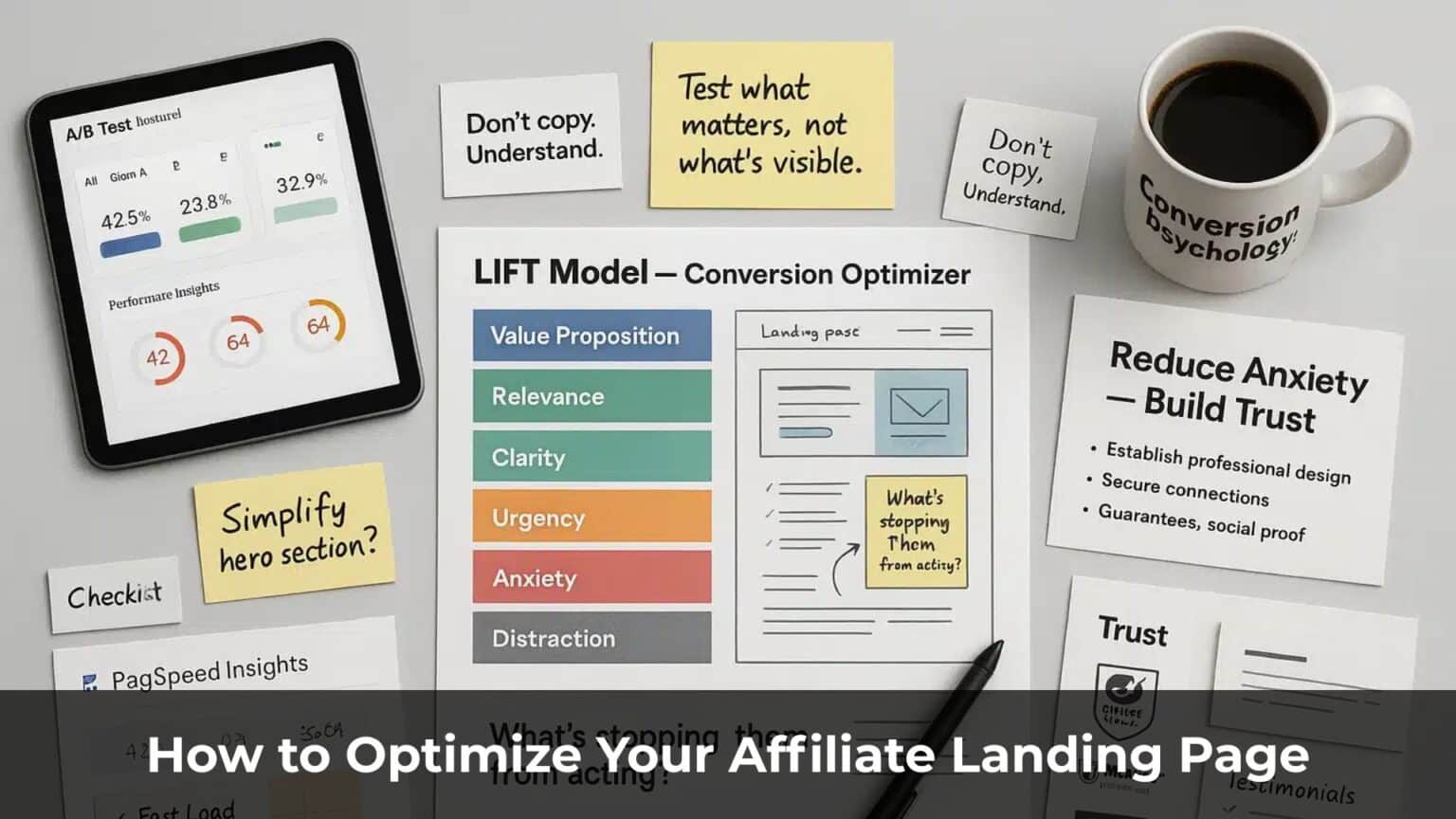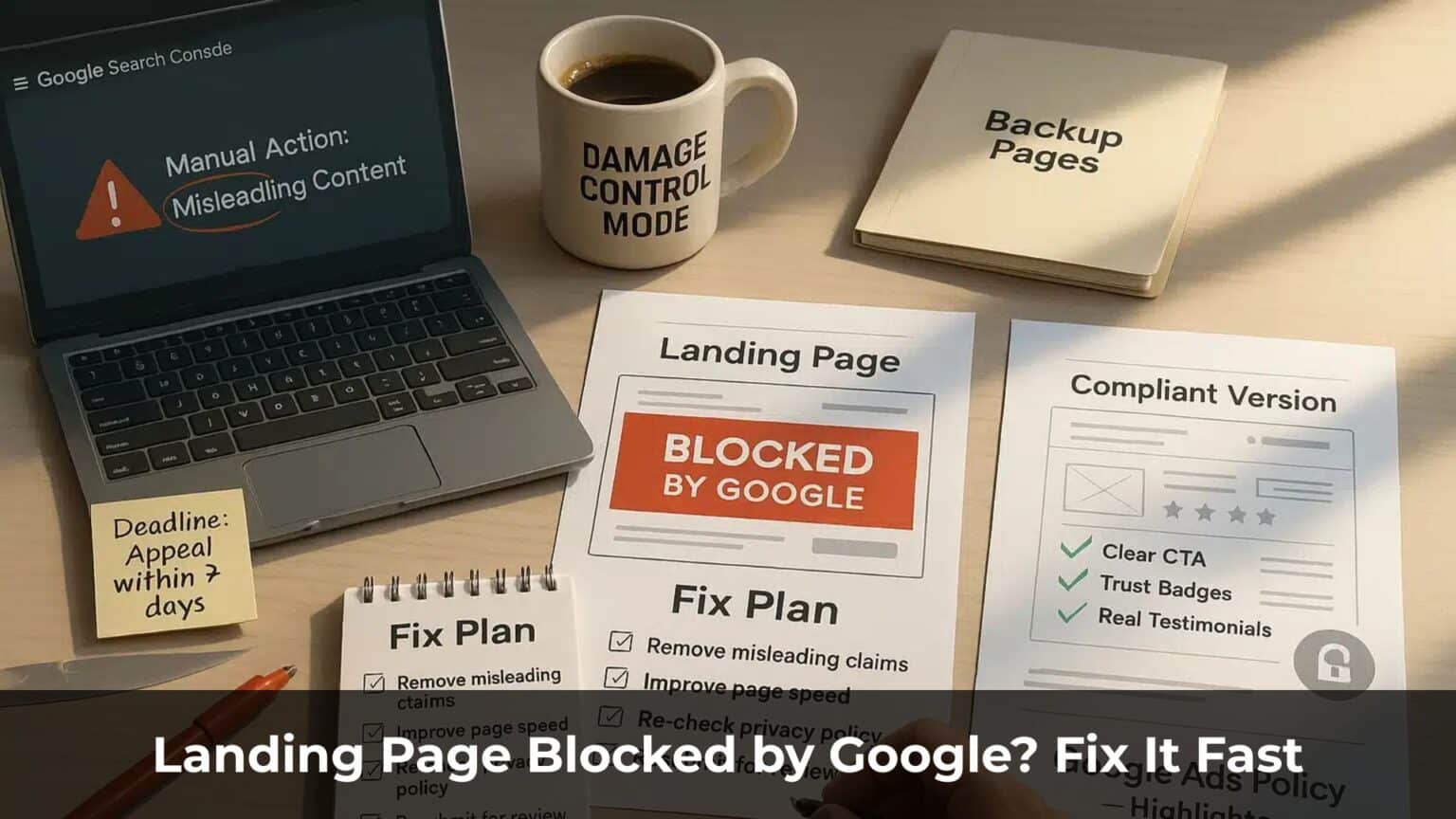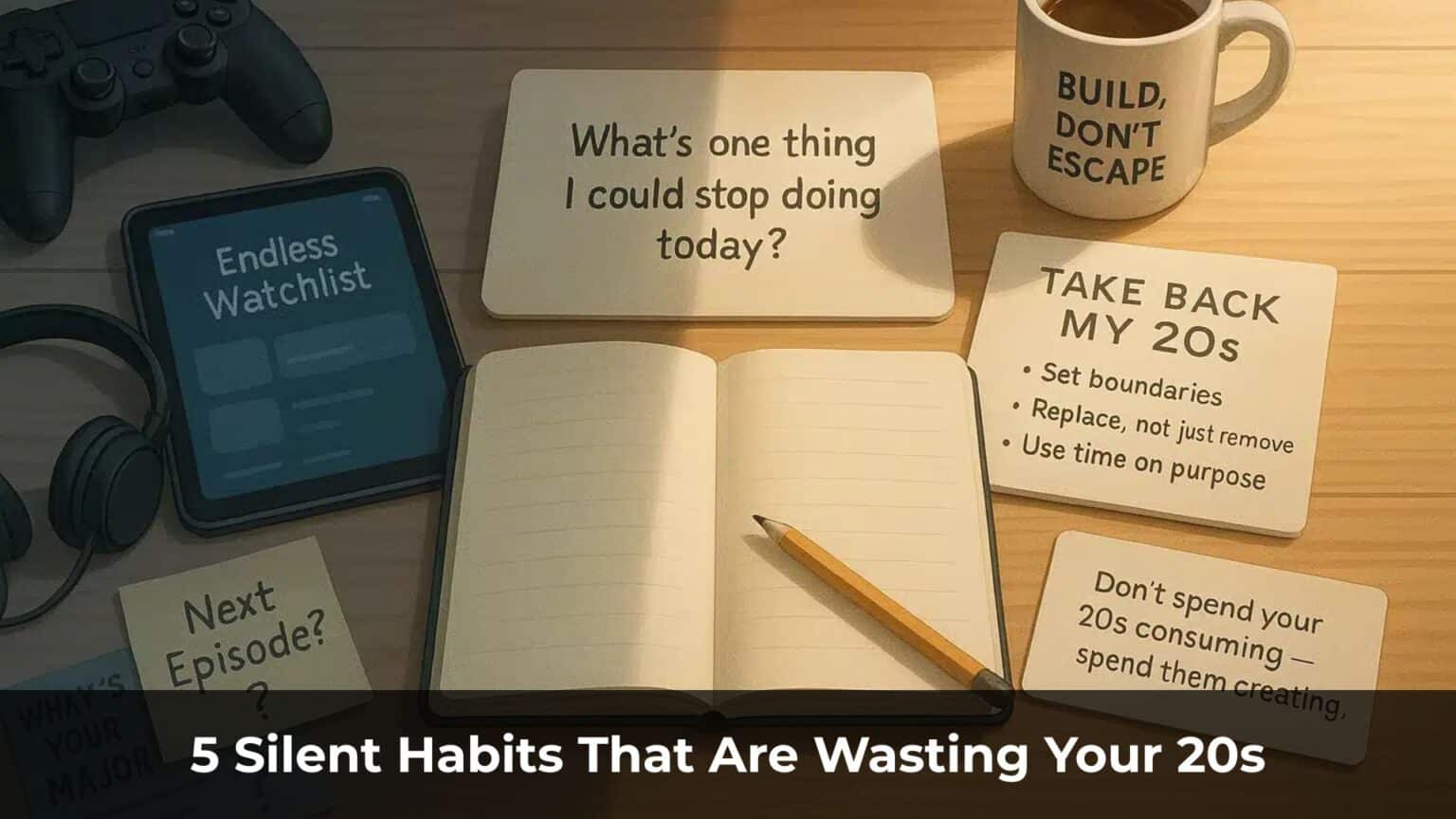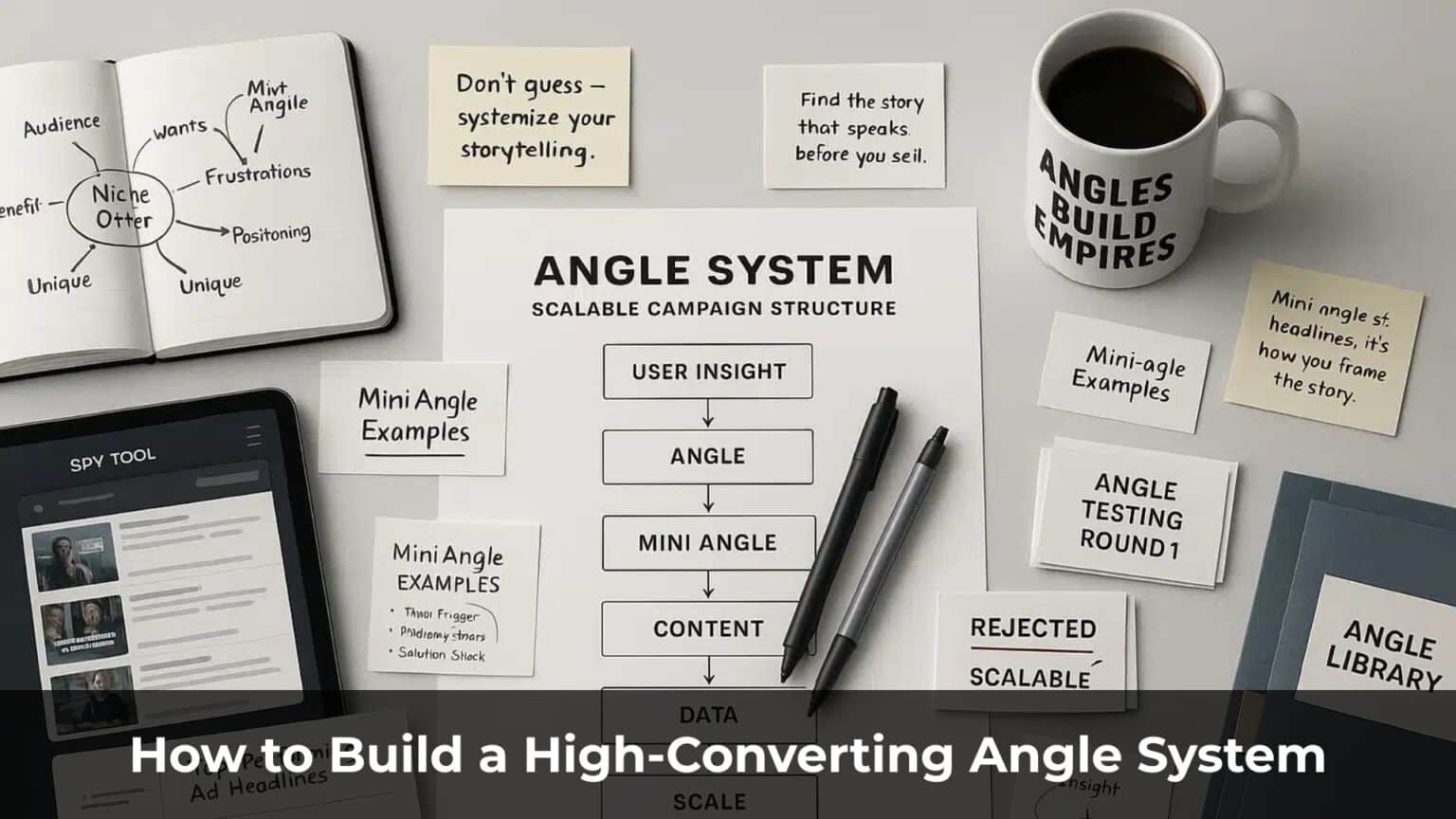A lot of people still believe that SEO alone is enough to rank high on Google. But here’s the truth: SEO is just one piece of a much bigger puzzle.
In 2025, getting traffic to your website isn’t as easy as it used to be. You can’t just write a few blog posts, build some backlinks, and expect your rankings to skyrocket.
The market has evolved. Google’s algorithm has changed. And if you’re still relying on outdated tactics, your site will remain invisible—no matter how good your content is.
That’s why it’s important to understand this:
Traffic comes from a well-structured SEO system.
In this post, I’ll walk you through the exact steps of that system. Whether you’re running a personal blog or a small business website, these principles still apply—and they actually work.
Table of Contents
ToggleWant to Rank on Google? Start by Auditing Your Website
Many people think that getting to the top of Google just means writing SEO-friendly blog posts and placing keywords in the right spots. But before you write anything, there’s something even more important you should do: audit your website.
Think of a site audit as a full health check-up for your website.
A tool like Ubersuggest Site Audit can help you quickly uncover issues like:
- Broken pages that no longer work
- Blog posts that are too short or lack substance
- Duplicate titles that confuse search engines
- Slow loading speeds
- And many other small errors that quietly drag your rankings down
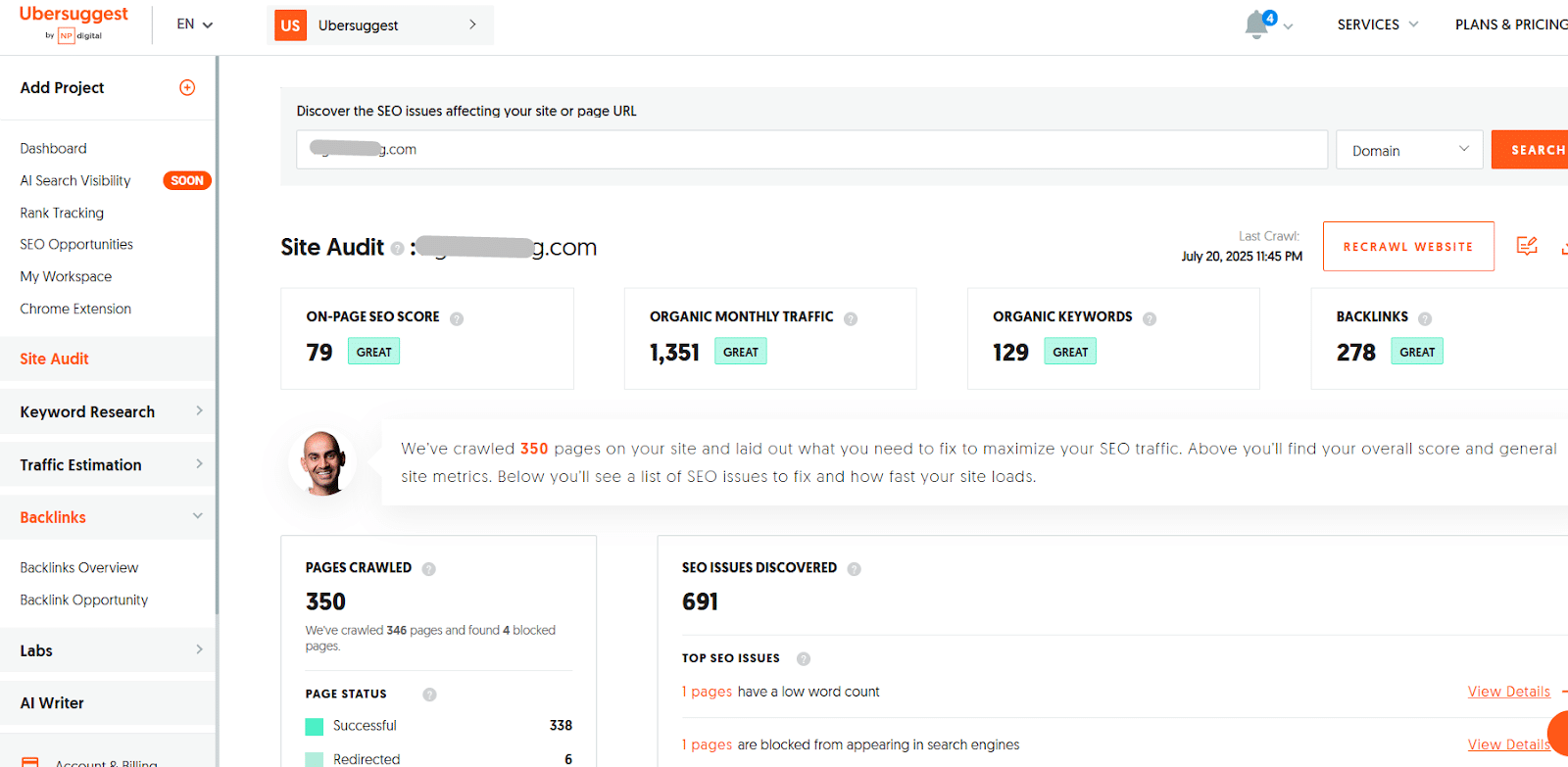
What’s great is that these tools don’t just point out what’s wrong — they also tell you how to fix each issue, and in what order, based on how much it’s impacting your traffic.
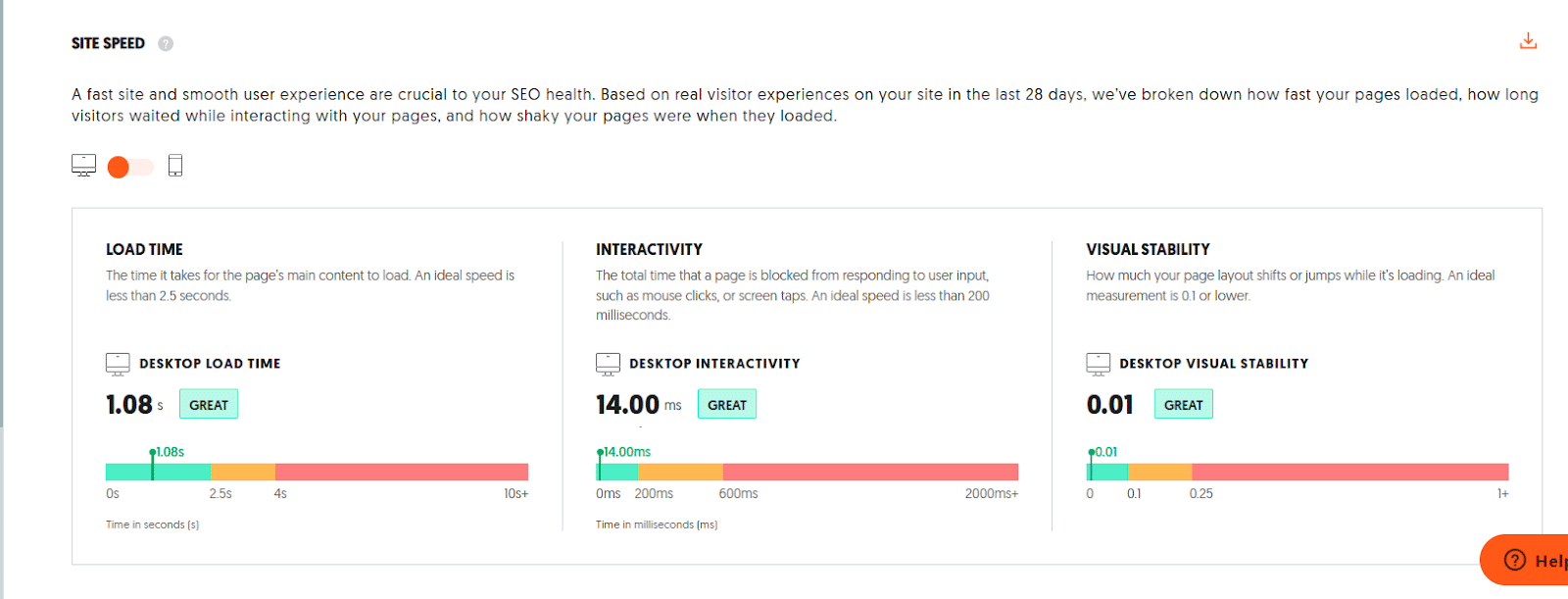
Here’s the thing: if Google can’t crawl your pages due to technical errors, your content won’t rank — no matter how good it is. These errors confuse search engines and block them from understanding your site properly.
Running a site audit gives you a strong foundation to build on. It ensures that every piece of content you publish moving forward can actually be seen, understood, and ranked by Google.
SEO Isn’t a Race Against Google — It’s a Race Against Your Competitors
Many marketers still believe that SEO is about “convincing Google” to rank their content. But the truth is: Google doesn’t need to be convinced. It just needs to choose the best result from what’s already available.
SEO is a competition — but you’re not competing with Google.
You’re competing with the websites that are already ranking in your niche.
To win, you need to understand exactly what your competitors are doing:
- What kind of content are they publishing?
- How many backlinks do they have — and where are those links coming from?
- How often are they updating their posts?
- Which keywords are driving their traffic?
By setting up a competitor tracking project in SEO tools like Ubersuggest, you can:
- See both your rankings and your competitors’ — updated daily
- Analyze which backlinks are helping them climb
- Monitor their latest content so you can learn from it — and improve on it
No more guessing. You’ll have real data to:
- Move faster
- Optimize smarter
- And outpace them with clear strategy — not luck
This is how small businesses can outperform bigger players in niche markets:
Watch closely. Move quickly. Do what’s working — and do it better.
Choose the Right Keywords — Focus on the Ones That Actually Make Money
When doing SEO, most people focus on search volume. But there’s something even more important: Does that keyword bring in revenue?
You don’t need to target keywords with hundreds of thousands of searches if they don’t help you sell your product or convert visitors into customers.
Instead, focus on keywords that meet two key criteria:
- Low competition (low keyword difficulty): Easier to rank for — especially useful for smaller or newer websites
- High CPC (Cost Per Click): If advertisers are paying a high price per click, it’s a sign that the keyword attracts high-value traffic
For example, if a keyword has a CPC of $10, it means businesses are paying, on average, $10 per click for traffic from Google Ads.
If you can rank organically for that same keyword, you’re not only saving ad spend — you’re also attracting visitors who are much more likely to buy.
The best part?
There are still plenty of these keywords out there. Many of them aren’t overly competitive yet.
They represent the perfect opportunity for smaller websites to gain traction quickly — not just by getting traffic, but by getting revenue-driving traffic.
Don’t Rely Too Heavily on AI to Write Your Content
These days, many people believe they can automate SEO just by using AI tools. But real-world results tell a different story.
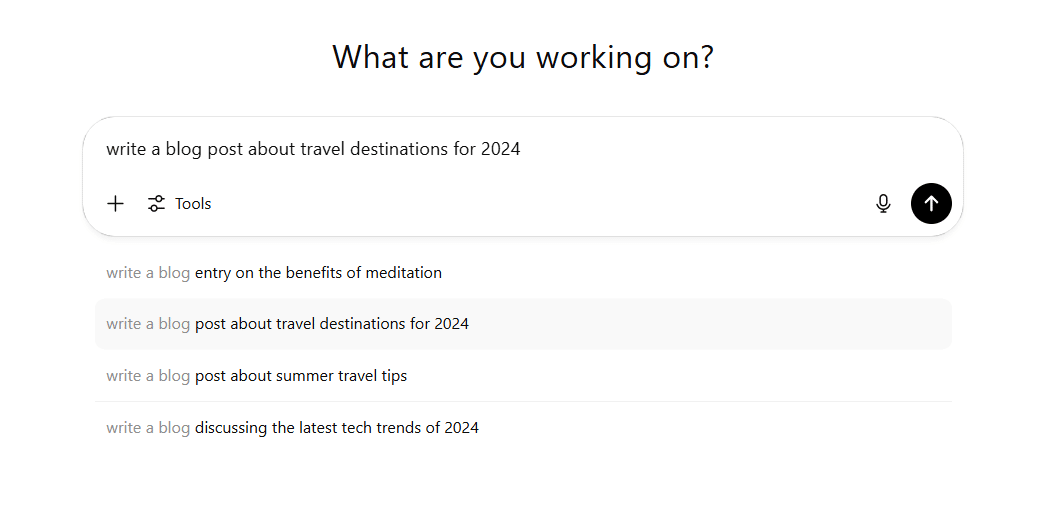
In one experiment involving 68 websites, researchers published 744 blog posts — half written by humans, the other half written by AI with light human editing.
The outcome?
Human-written content brought in 5x more traffic from Google than AI-generated content.
Why?
Because Google is getting smarter. It doesn’t just read the words — it evaluates the quality of the information based on four core factors:
- Experience
- Expertise
- Authority
- Trustworthiness
Together, these make up E-E-A-T — a content framework that AI often struggles to fulfill.
AI tends to produce generic content. It pulls from what already exists online, without offering real insight, depth, or originality.
The result? AI content gets ignored — because it doesn’t stand out, doesn’t go deep, and doesn’t feel real.
So, does that mean AI is useless?
Not at all. AI can be incredibly helpful — when used the right way.
Here’s how to use AI smartly in your SEO workflow:
- Brainstorming content ideas
- Adapting tone and voice for specific audiences
- Translating or localizing content to reach new markets
In short: Don’t let AI replace you — let it enhance you.
SEO in 2025 still rewards the human touch, not machine-made noise.
How to Build Smart Backlinks Without Spending a Fortune
Backlinks — links from other websites pointing to yours — are still one of the most important ranking factors in SEO.
But instead of spamming forums or paying for shady backlink packages, there’s a smarter and more effective approach:
Find out who’s linking to your competitors — and give them a better reason to link to you.
Here’s the idea:
Let’s say there’s a website (Site A) that links to all three of your top competitors. That means they’re not loyal to any one brand — they just want to share helpful content.
If you create a better article — more useful, more updated, easier to read — there’s a very good chance they’ll be open to linking to your piece as well.
You don’t have to guess. Tools like Ubersuggest can show you exactly which websites are linking to your competitors but not yet linking to you. That list is pure gold.
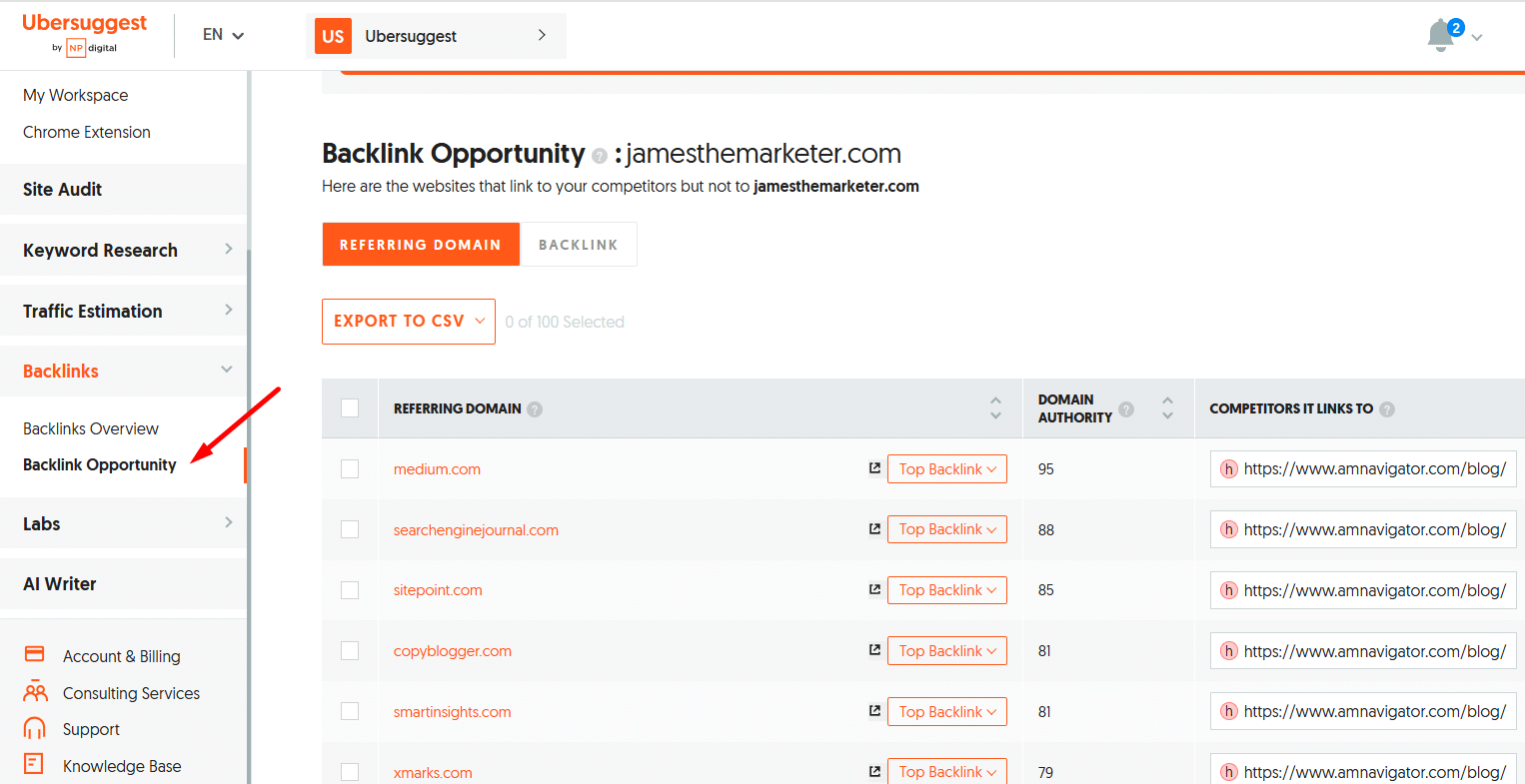
And you don’t need to send generic, copy-paste outreach emails either.
Use ChatGPT to help you write personalized emails — explain why your content is worth referencing, and show genuine respect for their editorial standards.
This is how you build natural, clean, and effective backlinks — perfect for solo creators and small businesses alike.
No big budget required — just the right strategy.
Build a Brand to Boost Organic Search in 2025
One of the most powerful — yet often overlooked — factors in SEO is your brand.
Google doesn’t just look at technical SEO or the quality of your content. It also tracks how many people are actively searching for your brand name each day.
This is known as branded search, and in 2025, it’s becoming a major ranking signal.
Think about it this way:
If hundreds of people are typing your brand name — say, “JamesTheMarketer” — into Google every day, the algorithm sees that as a sign of trust and relevance. As a result, your blog posts and pages are more likely to show up higher in search results.
So how do you increase branded search?
You don’t need paid ads. Just start sharing content consistently across channels like:
- Social media (Facebook, YouTube, TikTok, etc.)
- Email marketing
- SMS, Telegram, or community chat apps
- Forum posts or niche communities
The more people see your brand across different platforms, the more likely they are to remember it.
Eventually, they’ll search for it directly on Google — and that’s one of the strongest signals you can send to the algorithm.
Here’s a stat worth noting:
In 2025, the average person interacts with a brand 11.1 times before making a purchase decision.
If you rely on just one channel — like blogging — it’s tough to create all those touchpoints. But if your brand shows up in multiple places, you shorten the buyer journey and boost both traffic and conversions.
In short:
A strong brand is the launchpad for long-term SEO success.
Refresh Your Old Content – A Simple Way to Recover Lost Traffic
Many website owners focus all their energy on creating new content, while their old blog posts quietly lose traffic day by day.
Here’s the reality: Google favors fresh content. And if your most important pages are left untouched for too long, they’ll slowly disappear from search results.
Here’s a simple step to fix that:
Go to Google Search Console, check the Performance report, and look for pages that have dropped in impressions or clicks compared to the previous year. That’s a clear signal: those posts need an update.
So, how should you update them?
- Add new data or replace outdated stats
- Include more detailed examples or clearer how-to instructions
- Improve the formatting: use shorter paragraphs, subheadings, images, and quotes
- And if possible, rewrite the intro to better match what today’s readers are looking for
Why does this work?
Because Google wants to show content that’s fresh and valuable.
Think about it: If you’re searching for information, would you click on a post from three years ago — or one published last week?
Most people choose the newer one — it feels more relevant, more accurate.
That’s also why Wikipedia ranks so well: they constantly update their pages.
So don’t let your old content become a burden.
Instead, see it as an asset you can reinvest in.
By simply revisiting and refreshing key articles, you can regain thousands of lost visitors — without writing a single new post.
Avoid These SEO Mistakes: Duplicate Content and Messy Site Structure
One of the biggest reasons websites fail to rank is this:
Too many blog posts covering the exact same topic.
When you publish multiple articles about the same subject — without a clear structure — it confuses Google. It doesn’t know which one to prioritize… so none of them get ranked well.
Imagine you’re managing a library. You wouldn’t place books about “backlink building” on two different shelves with no system, right? Everything needs to be organized.
Google wants the same level of clarity.
So, what does a clean website structure look like?
- One main page covering the core topic (e.g., “Complete Guide to SEO”)
- Multiple supporting articles, each diving into a specific sub-topic (e.g., “How to Build Backlinks”, “Improving Page Speed”, “On-Page SEO Tips”)
- All supporting articles link back to the main guide, forming a tightly connected system
Google favors websites with well-organized content structures.
Why? Because it helps the algorithm clearly understand:
- What your pillar content is
- Which articles serve as supporting details
When your site covers a topic thoroughly and without repetition, you’ll naturally earn higher rankings — because you’re making it easier for Google to see the value of your content.
Action Plan: Start With the Simple Wins
If SEO feels overwhelming, here’s the best advice:
Start with what’s easiest — and what makes the biggest impact.
Here are a few actionable steps you can take right now:
- Run a free site audit using tools like Ubersuggest (or any SEO tool you prefer). Focus on fixing page speed issues, duplicate titles, and thin content pages.
- Open Google Search Console → Go to the Performance tab → Compare the last 3 months to the previous 3 months → Identify pages with declining traffic → Make a list and start updating them.
- Restructure your content strategy: If you have multiple articles on the same topic (e.g., “What Are Backlinks?”), decide which one will be the main piece. Merge or repurpose the others into supporting articles to avoid internal competition.
- Find easy backlink wins: Use the “Backlink Opportunity” tool in Ubersuggest (or a similar feature in other platforms). Filter for websites that link to 3–4 of your competitors but not to you → Write a short, respectful outreach email. Use ChatGPT to personalize each message by name and context.
- Target low-competition, high-CPC keywords in your upcoming content. These are the “low-hanging fruit” — easy to rank for and more likely to drive meaningful traffic.
- Reshare updated content via email, social media, and messaging channels. This boosts your visibility and increases branded searches — a powerful signal for SEO.
Final Thoughts…
SEO in 2025 is no longer a game of pure technical tricks or short-term hacks.
It’s a long game — one that requires you to understand both human behavior and algorithmic logic.
It’s not about who starts first.
It’s about who stays patient, moves in the right direction, and pays attention to the smallest signals along the way.
And maybe the most important factor isn’t what tools you use —
but how you use them: with clarity, intention, and a willingness to adapt as the market shifts.
If you ever feel too small to compete on Google, remember this:
The easiest, most profitable keywords are often the ones people overlook.
A simple strategy — done consistently and with focus — will always produce results.





